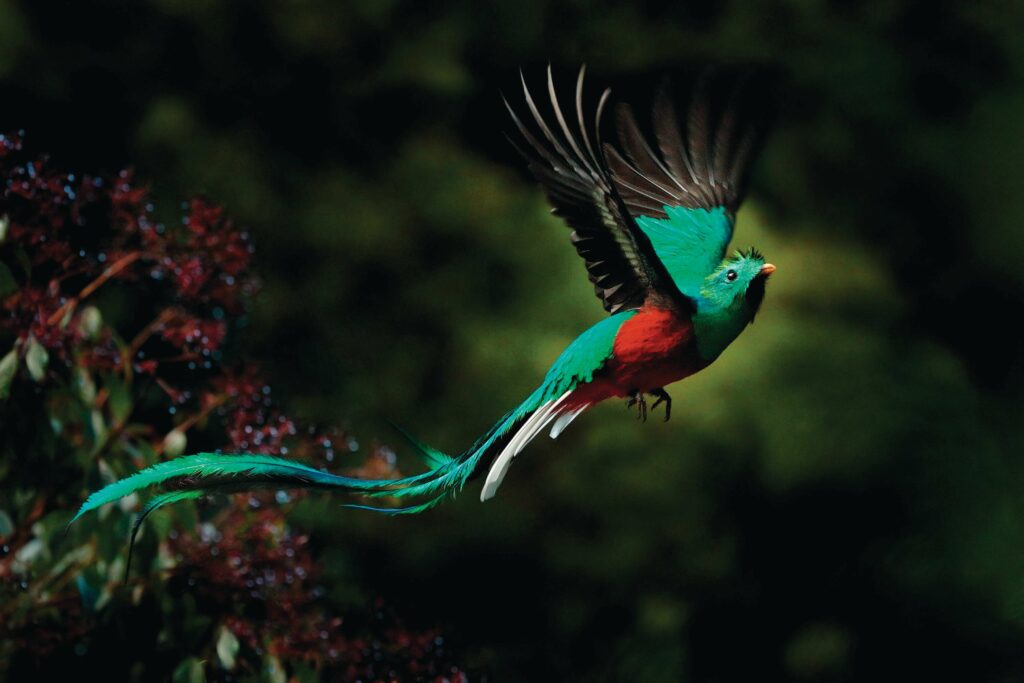
On cloud 9
High up in the cloud forests of Guatemala lives the breathtakingly beautiful national bird

Tweet of the Day
Miranda Krestovnikoff presents on the quetzal
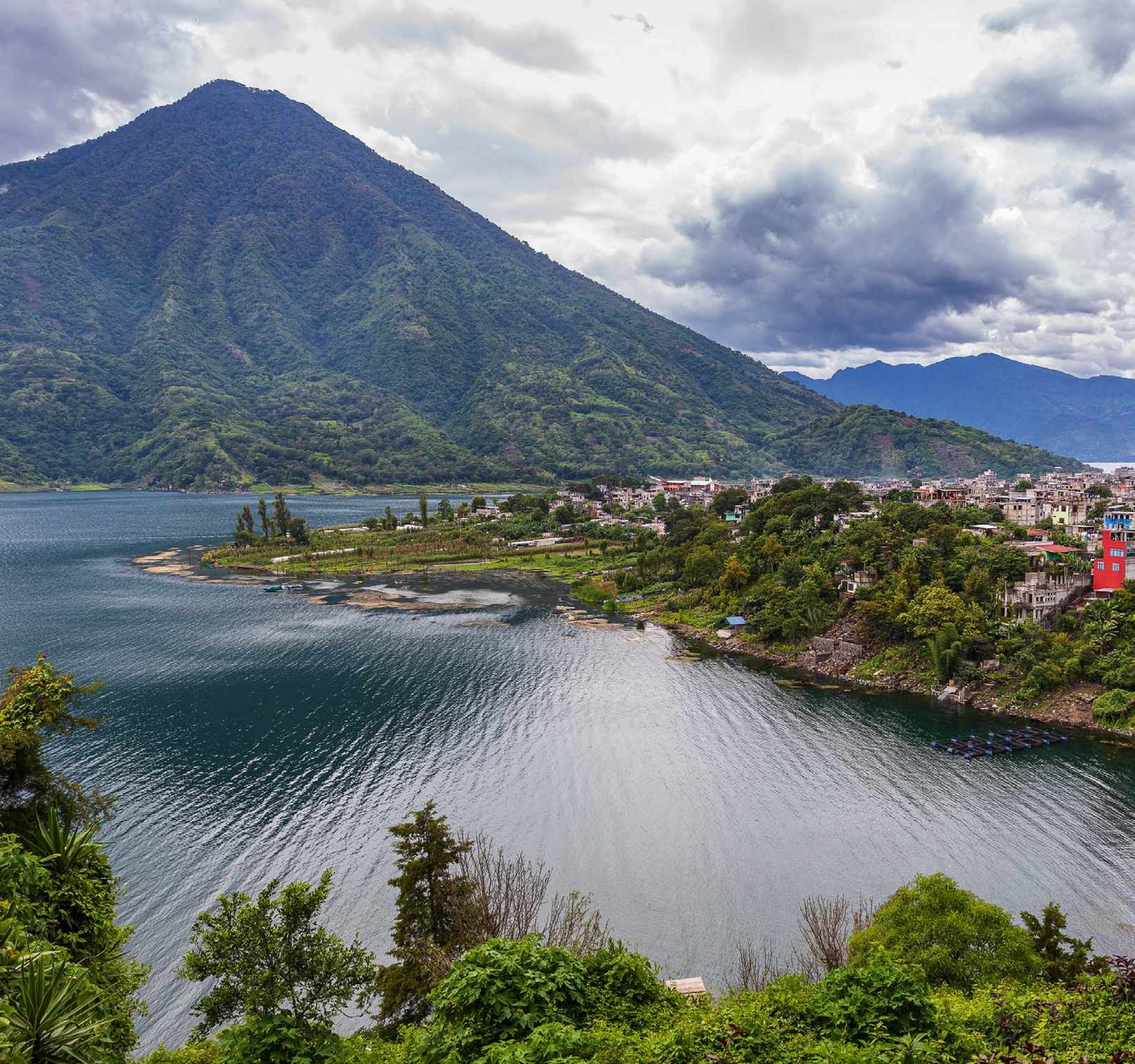
THE SNEEZE BEGAN AS A TICKLE IN MY RIGHT nostril. It was almost imperceptible, like a mosquito landing lightly on my arm, ready to strike. Or a lone butterfly flapping its wings, producing a breeze that would unfurl into a tornado; a tidal wave of latent energy that demanded to be unleashed.
Some people can suppress their sneezes delicately into a tissue. But not me. Mine are foghorn blasts that rattle windows and burst eardrums. Which wouldn’t normally have been a problem, except that I was standing in the quiet Guatemalan jungle, and Alfredo Tol Gonzalez, my guide, thought he’d just heard a quetzal. Any noise would scare it away.
I’d staggered out of bed at dawn and hauled my camera gear up the side of a volcano for one reason only: to try to photograph the elusive resplendent quetzal, the national bird of Guatemala and one of six species of quetzal that live in the cloud forests of Central America. This iconic bird, with its iridescent green head and wings, spiky green crest, blood-red breast, and flamboyant twin tail plumes, is like the avian version of a carnival dancer. No visit to Guatemala is complete without seeing one in the flesh.
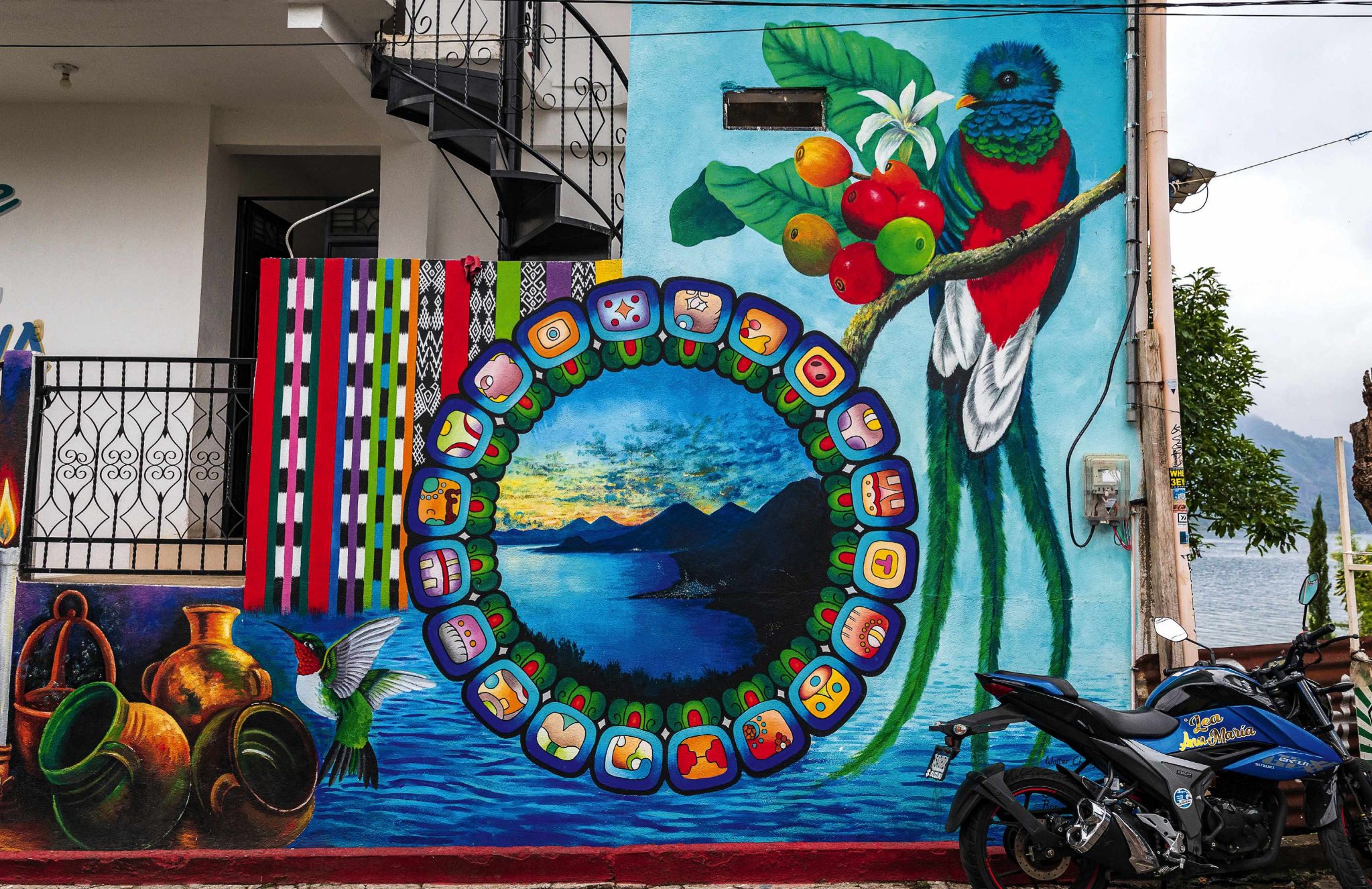
As I travelled around the country, I saw them everywhere. Quetzals woven into scarves and painted on walls. Varnished wooden quetzal toys, quetzal t-shirts, beaded quetzal keyrings. There’s a quetzal on the national flag and on all the banknotes: the currency of Guatemala is called the quetzal. Even Guatemala’s second largest city is called Quetzaltenango: the ‘place of the quetzal bird’.
But its vivid plumage is not the only reason why the quetzal is Guatemala’s favourite bird. It has also been profoundly intertwined with the country’s history and religion for more than 1,500 years.
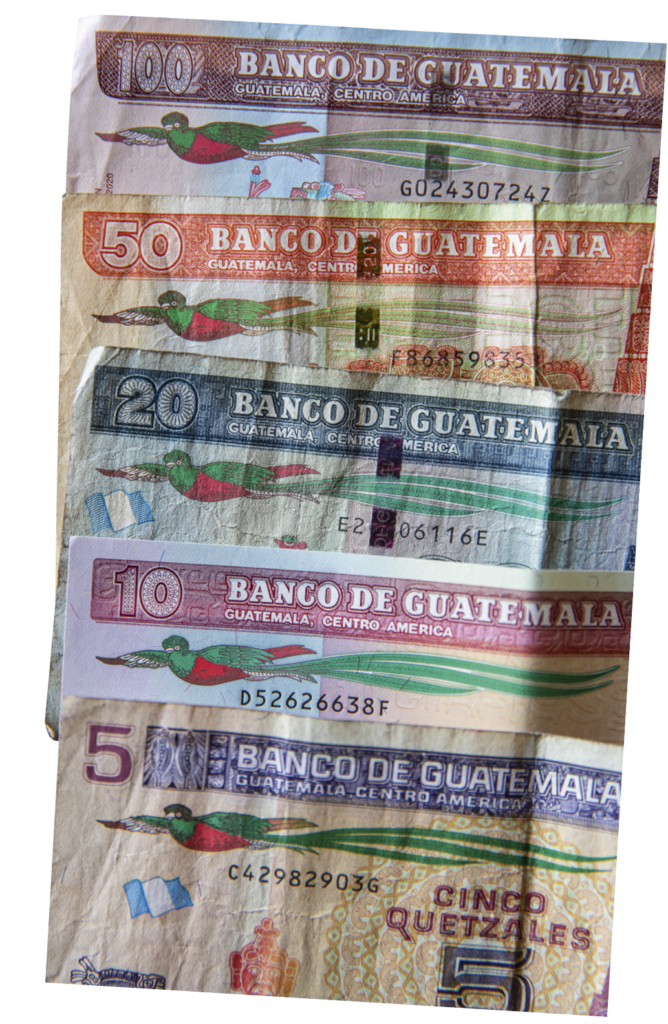
The ancient Maya saw it as sacred, associated with the snake god Quetzalcoatl. Kings and nobility adorned themselves with headdresses made from quetzal tail feathers, which were highly prized. But they made sure they only took the tail feathers and did not harm the bird – in fact, killing one was punishable by death.
Legend has it that in the 17th century, when the last Maya warrior went into battle against the Spanish conquistadores, he was accompanied by a spirit protector in the form of a quetzal. When the hero was fatally wounded, his grieving companion flew down and bathed in his blood, permanently turning its breast red in his honour.
So, after two months in the country, this mythical bird had me under its spell. But souvenirs weren’t enough; I wanted to see the real thing.
Quetzals aren’t easy to spot. They live high up in remote, mountainous cloud forests, where they’re timid and solitary. To find them in Guatemala, you have to go to one of just four protected cloud forest reserves, which means getting up before dawn and hiking for several hours into the jungle. And even then, of course, there are no guarantees.
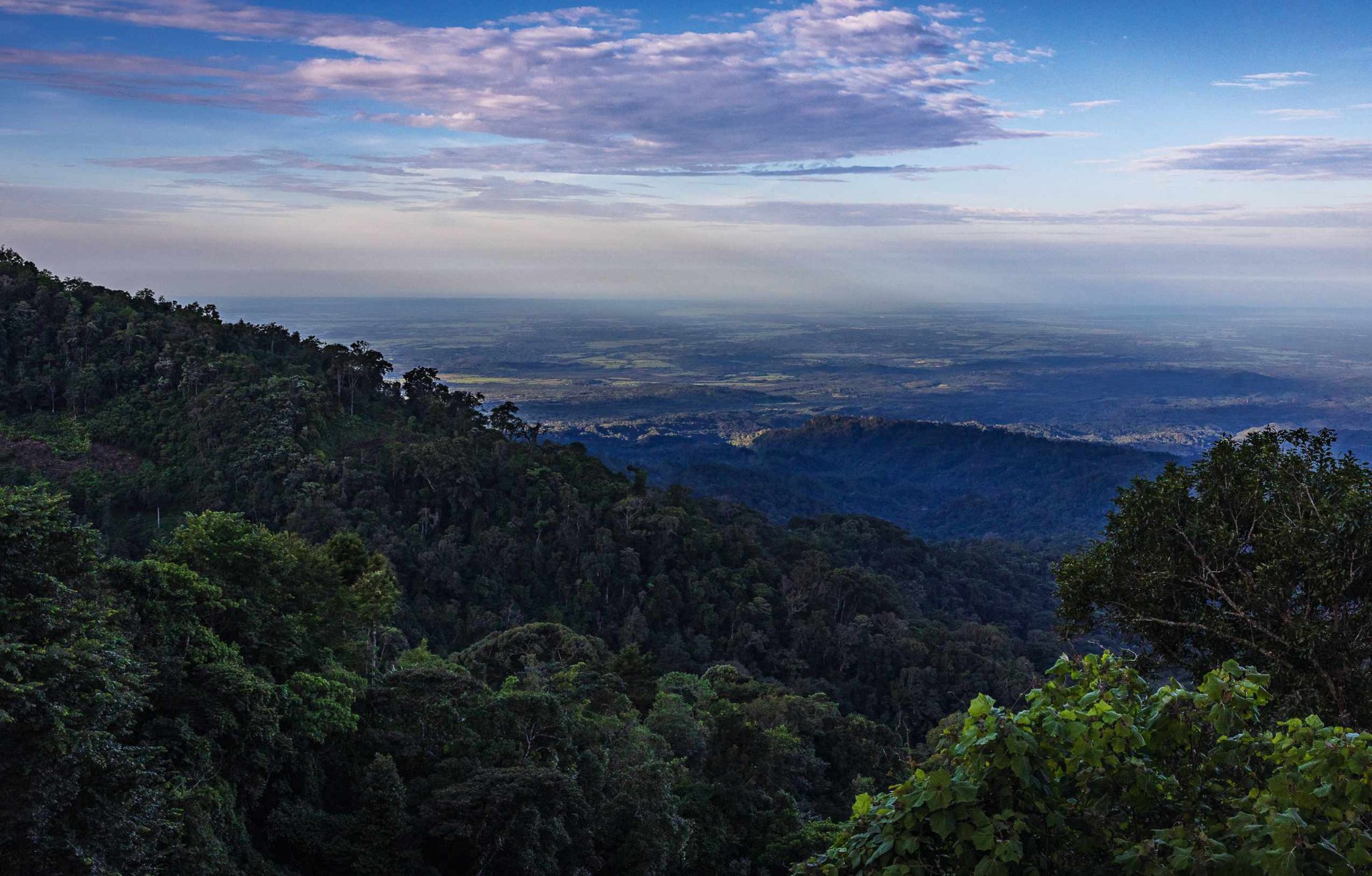
The nearest possible location to where I was staying was the Mirador Rey Tepepul Preserve, in the foothills of Volcán de Atitlán, near the beautiful Lake Atitlán. Named after a Maya king, this sacred nature reserve is a verdant expanse of dense cloud forest, home to 300 bird species including several hummingbirds, toucans, motmots and, of course, the iconic quetzal.
“It isn’t the season to see quetzals right now,” said Alfredo, as we set off into the jungle together. “The best time is during nesting season between March and June. Quetzals nest in holes in dead tree trunks, so there’s no foliage to block the view, and they often come back to the same site every year. Both the males and females look after the chicks, so you can see them coming and going. It’s an amazing sight.”
“To find a quetzal in Guatemala you have to get up before dawn and hike for several hours into the jungle”
Alfredo pulled out his phone and – with a ‘look what you could have won’ flourish – showed me several stunning photos of parent quetzals diving in and out of an exposed stump, the males with their magnificent metre-long tail feathers flowing behind them like a gymnast’s ribbons. “I took these last month,” he boasted.
It only made me more desperate to see one for myself.
We followed a narrow path that sloped steeply upwards into the forest, passing lurid purple coleus and spiky Guatemalan Tillandsia, damp and vibrant after the previous night’s heavy rain. Alfredo had brought his binoculars and birdwatching telescope, and I was loaded with my camera and a heavy telephoto lens. One glance at my gear told Alfredo that the pressure was on: he knew I’d come all that way to photograph a quetzal, and he was anxious not to disappoint me.
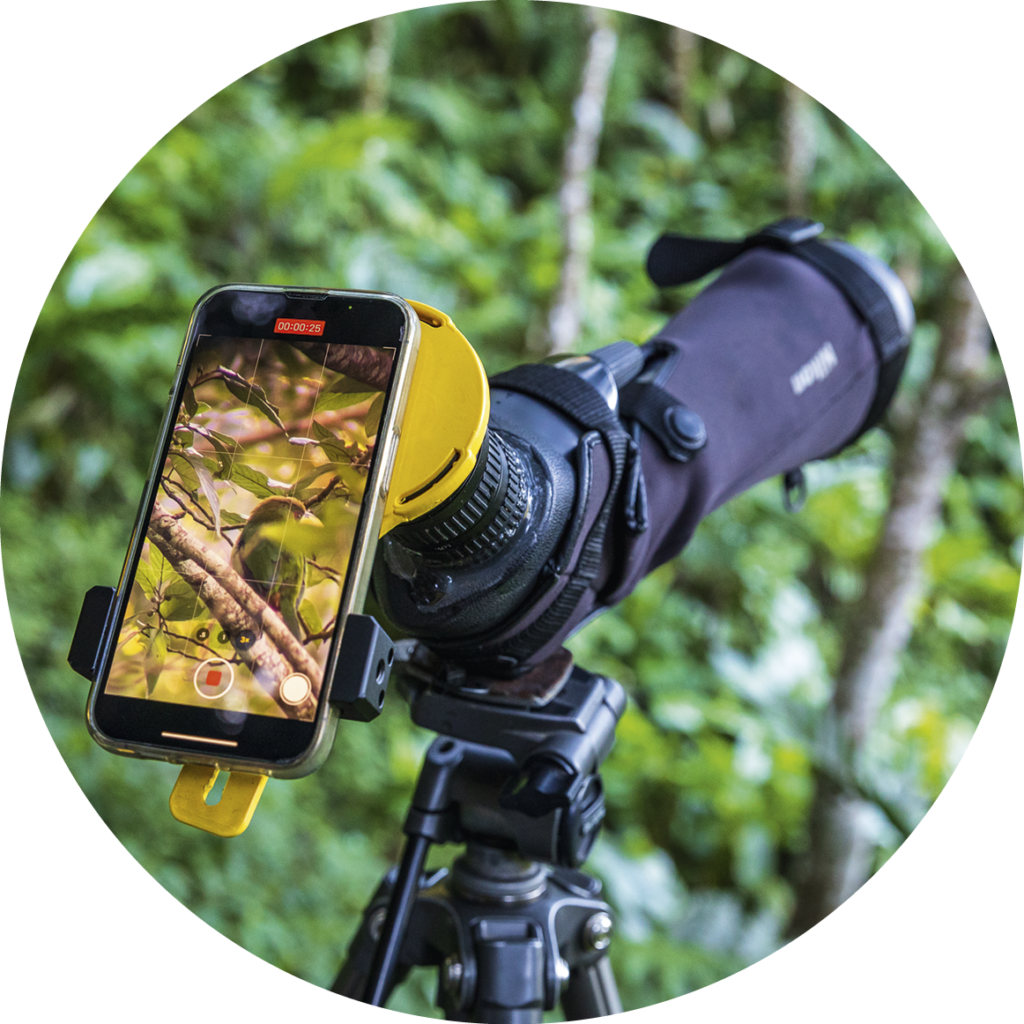
With 10 years of bird-guiding experience, if anyone could find one, it was him. He knew where in the forest the quetzals like to hang out, and which their favourite trees were. Quetzals mostly eat laurel and wild avocado fruit, as well as wasps, insects, frogs and snails. They have their favourite dining spots, and Alfredo knew where they were.
He had another trick up his sleeve, too. As we progressed deeper into the forest, every so often he’d stop and whistle, mimicking a quetzal mating call. “This might help attract one,” he said, “but we shouldn’t do it too much. Male quetzals are territorial. If more than one comes, they might fight, and might get hurt.” As his high-pitched chirrup rang out, he listened hopefully for an answering call. But there was no reply.
We turned downhill into a valley, passing between thickets of flat maxan leaves – used in Guatemalan cooking to wrap traditional corn tamales – until we reached a shallow stream, before trudging back up the other side. Every so often, Alfredo paused to listen, or to point out a passing bird: a pair of chicken-sized crested guan high up in a tree, or an emerald-chinned hummingbird zipping past, too quick to photograph. But still no quetzal in sight.
I was busy trying not to slip over when suddenly Alfredo pulled up short. “Look! Over there!” he whispered in excitement. I peered at where he was pointing, but all I could see was green.
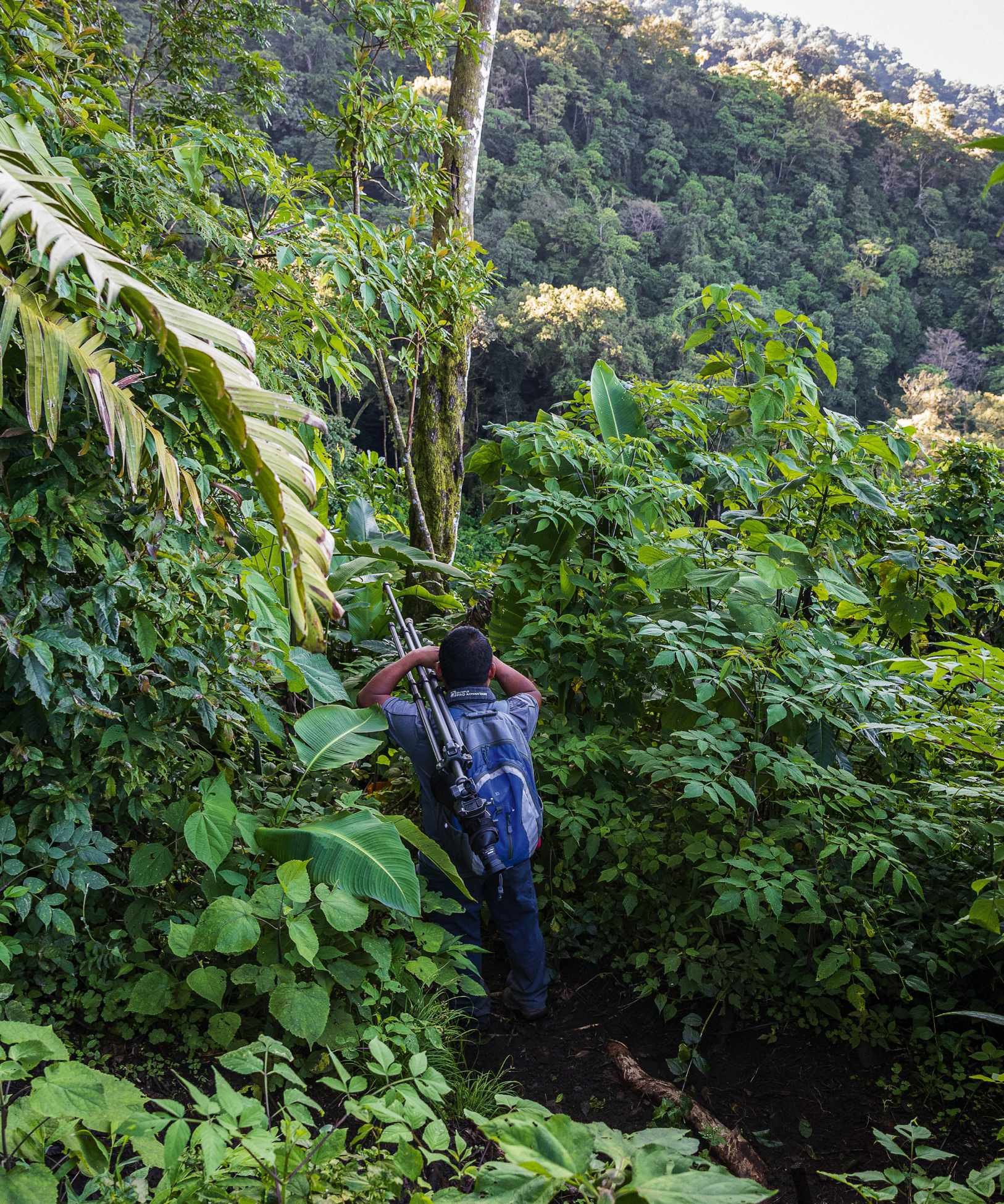
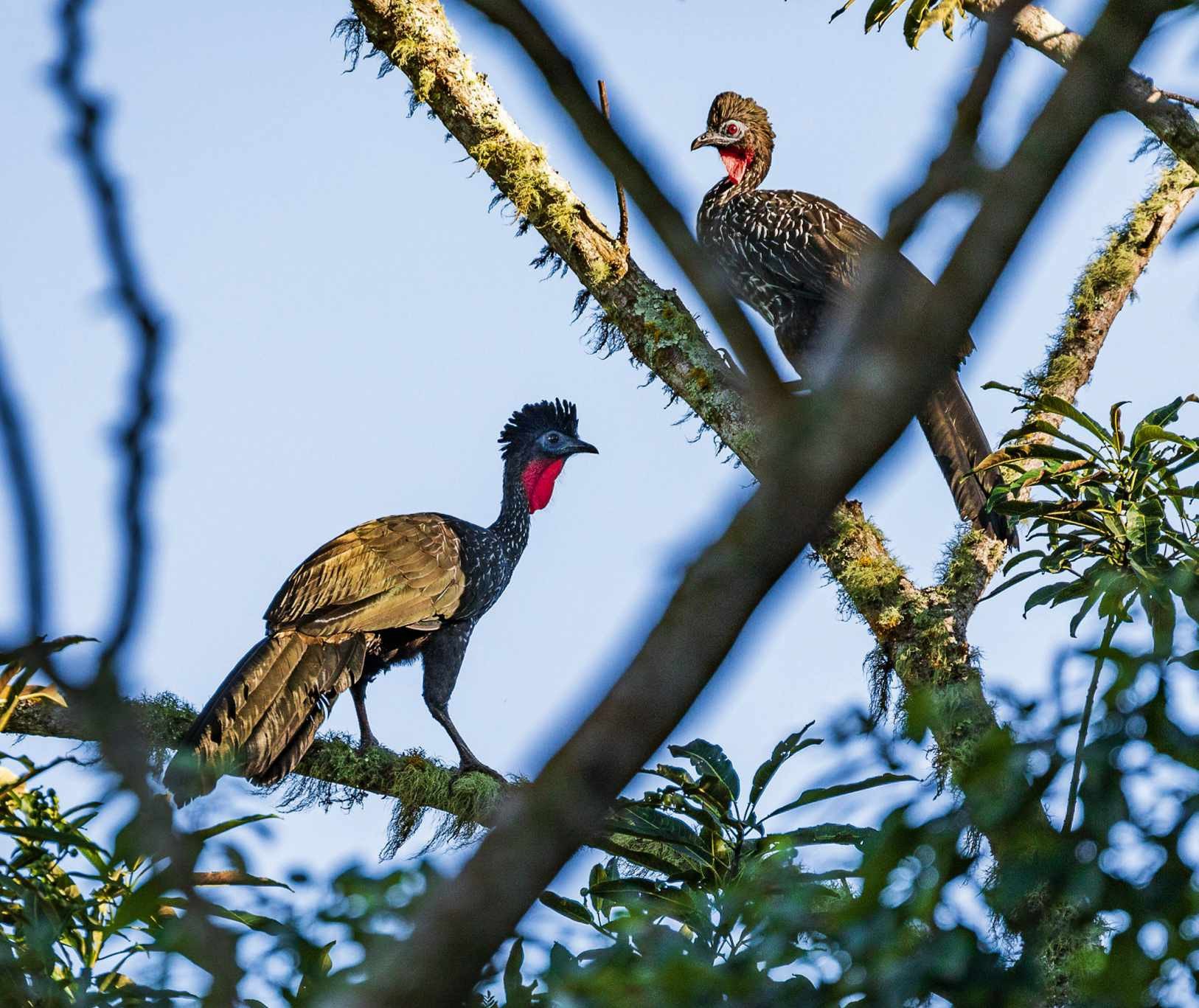
He quickly set up his telescope and used a laser to pinpoint the area. With the naked eye I still had no idea what he was so excited about, but when I looked through the viewfinder, I saw it: a northern emerald toucanet, sitting quietly on a branch. I have absolutely no idea how Alfredo managed to spot this tiny green bird in a vast expanse of green trees from at least 100m away, but that’s the skill of an expert guide.
It’s skill that’s being put to the test more and more as resplendent quetzal numbers decline. There’s no official count, but experts estimate there are only 20-50,000 left in the world, making them Near Threatened.
They fall victim to eagles and hawks, and to squirrels and rats, which climb the trees and raid their nests.
“One conservation area tried to encourage breeding by creating nesting sites,” Alfredo told me as we walked. “For a while it worked, but then the new nests started attracting squirrels, which ate the eggs, and now they have fewer quetzals and a squirrel problem.” He shakes his head. “You shouldn’t mess around with nature.”
But predators are not the only challenge the quetzal faces. The biggest threat to the species is habitat destruction caused by logging and farming. Even in our remote corner of the nature reserve, we passed several groups of workmen and heard frequent chainsaws. It was audible evidence of the quetzal’s home being gradually chipped away.
It’s something that bird lovers like Alfredo are continually campaigning to prevent. “We need more support for projects that encourage people to protect the forest and not cut it down,” he said. “But there is hope. We have some private reserves and protected areas. And more people are starting to come for birdwatching tours, which generate work for local people. In fact, thanks to wildlife tourism, we’ve even found new quetzals we didn’t know about.”
Where were they? After three hours of hiking, my optimism was starting to drain and soon it would be time to start the long walk back to the car. But Alfredo had just one more feeding spot he wanted to try. We trudged up another hill, when suddenly he stopped. Behind him, I stopped, too.
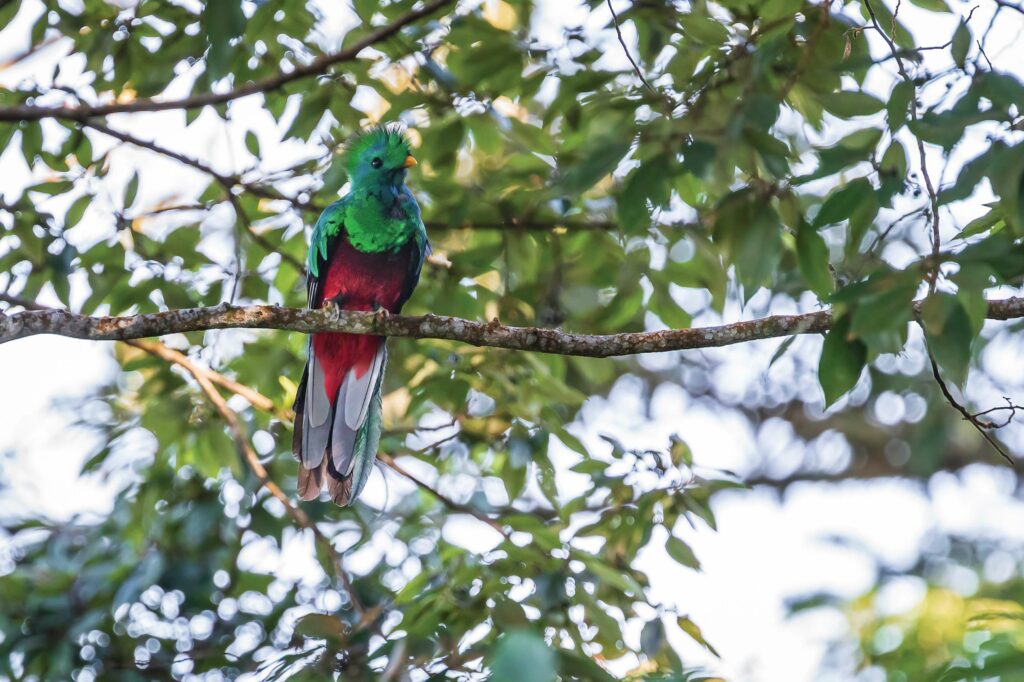
“Shhh!” he breathed sharply, his eyes gleaming with victory. “Do you hear that? A quetzal!” He peered excitedly into the undergrowth, trying to see. But the foliage was too dense. We needed to get closer.
It was at this point that my sneeze began, a light tingle that quickly built to a crescendo. Terrified of scaring the bird away, I buried my face in my sleeve and tried to muffle the explosion as best I could. If there was a quetzal nearby, I’d just have to hope it wasn’t paying attention.
Alfredo was too distracted to notice. He plunged off the side of the path, slip-sliding downhill between tangled trunks, following the sound. I chased after him, trying to see where he was pointing, and not make any more noise.
Alfredo’s unorthodox shortcut soon brought us to a sunlit, open area that overlooked another cluster of trees. Under his breath, he instructed me to stay in the shadows, to avoid being spotted. Then he raised his binoculars and looked again.
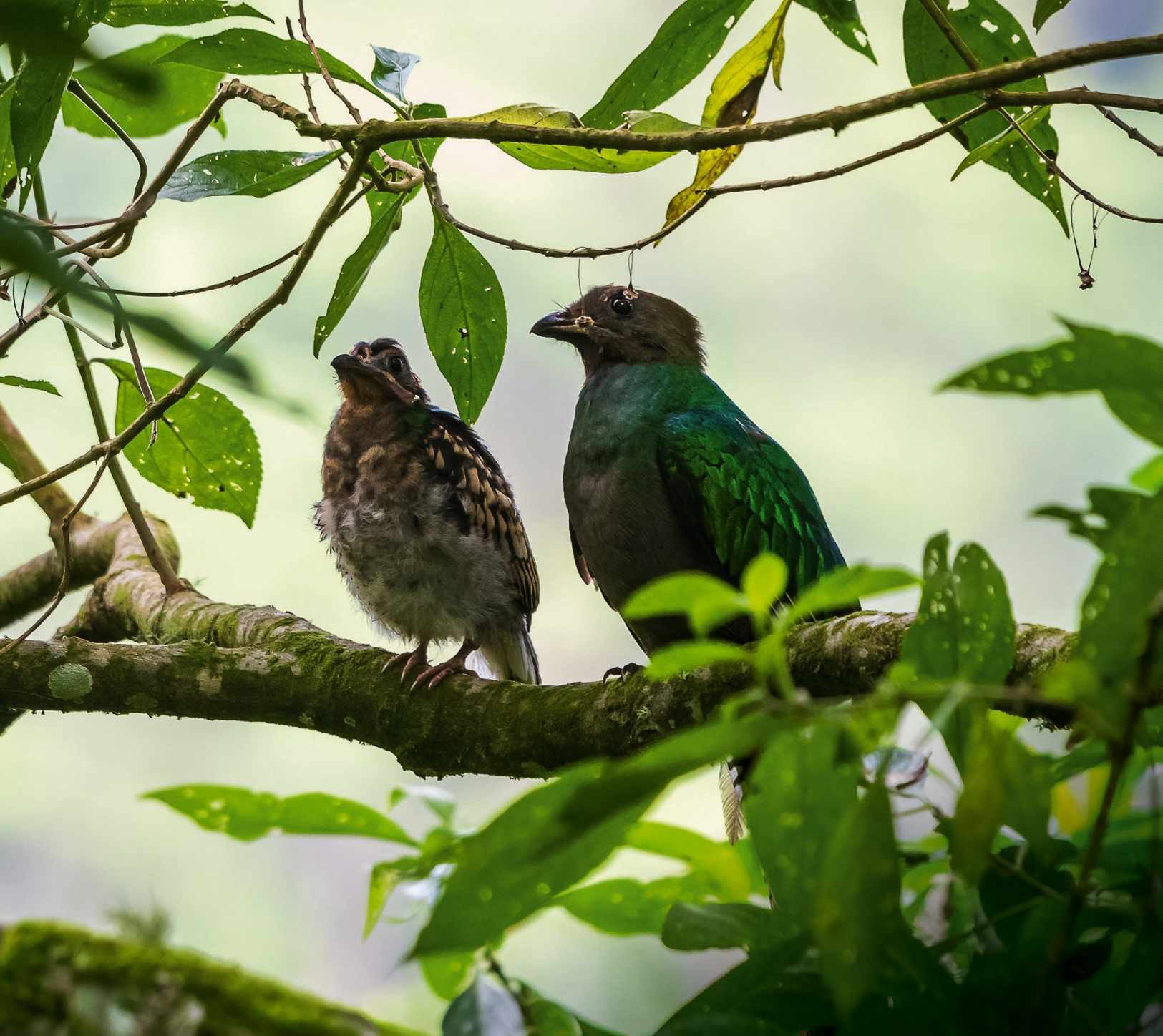
“Terrified of scaring the bird away, I buried my face in my sleeve and tried to muffle my sneeze”
“I see them! A pair, male and female!” he whispered with delight. “Look! Get your camera ready!” I inched closer to him and peered into the foliage.
And then I saw them: the female perched high up, a less vivid green with a brown breast and belly, and the male, sitting a few branches below. Now that breeding season was over, it had shed its gorgeous tail plumes, but it still looked as resplendent as its name suggests, with its vibrant green feathers iridescent in the sunlight, and its large black eye and cute yellow beak giving it a lively, quizzical expression.
I trained my lens on the male and managed to fire off just three shots, and then they vanished.
It was over in seconds, but it was enough. I’d come to photograph a quetzal, and that’s what I’d done. And when I looked at Alfredo and saw him shining with joy and relief that he’d been able to grant my wish, that was almost as gratifying as the quetzal sighting itself.

ABOUT THE AUTHOR
Bella Falk is an award-winning travel writer, photographer, documentary film-maker and blogger from London. She loves an adventure and you can read all about her travels at passportandpixels.com.
OTHER SPECIES TO SEE
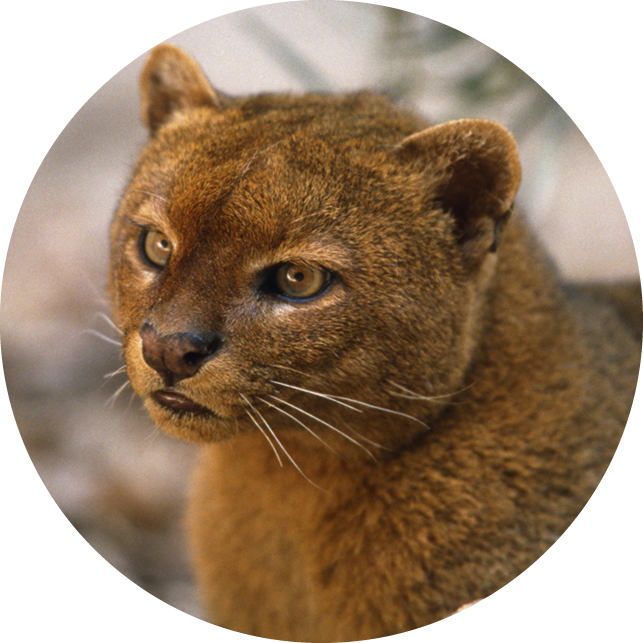
Jaguarundi
Guatemala is home to both the jaguar and its smaller cousin, the jaguarundi. This is a wild cat about twice the size of a domestic cat that lives throughout Central and northern South America. Jaguarundis hunt during the day, but are hard to spot as they tend to be on their own.
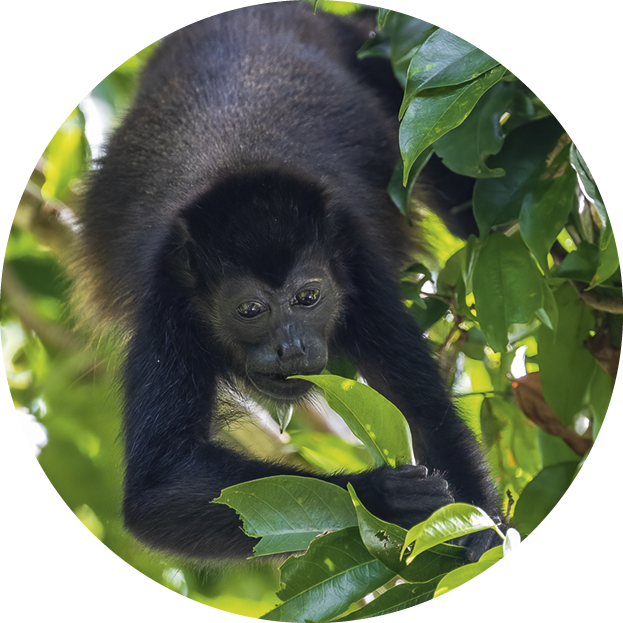
Guatemalan black howler monkey
The largest species of howler monkey and native to Central America, the eerie roars of this howler can be heard echoing throughout the Petén region at dawn and dusk, and you’re very likely to spot them leaping through the treetops at Maya sites such as Tikal and Yaxhá.
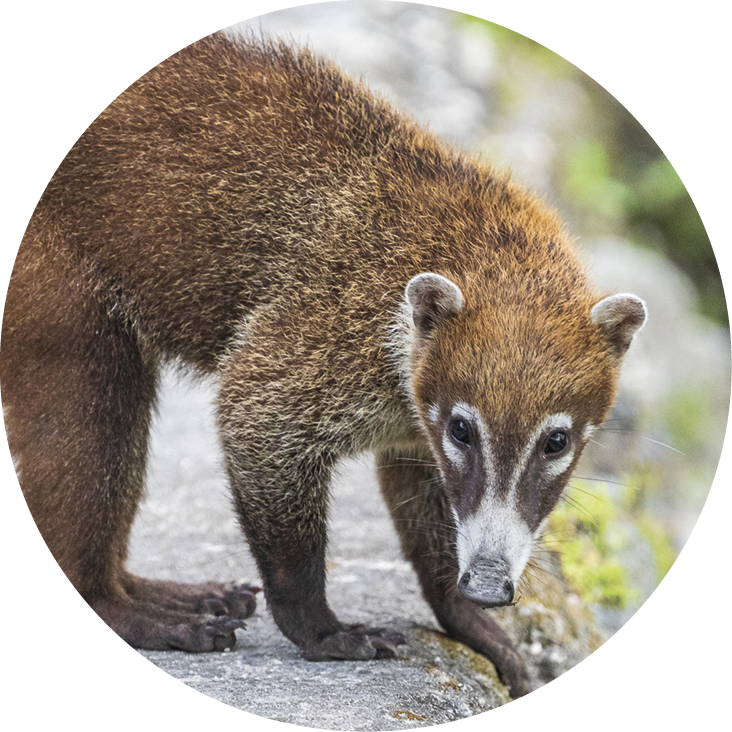
White-nosed coati
Coatis, which are related to raccoons, are common in Guatemala, especially in the cloud forests and around Maya sites in the Petén. Females and young males hang around in large, noisy bands foraging for insects, snakes, eggs and fruit, while older males tend to be solitary.
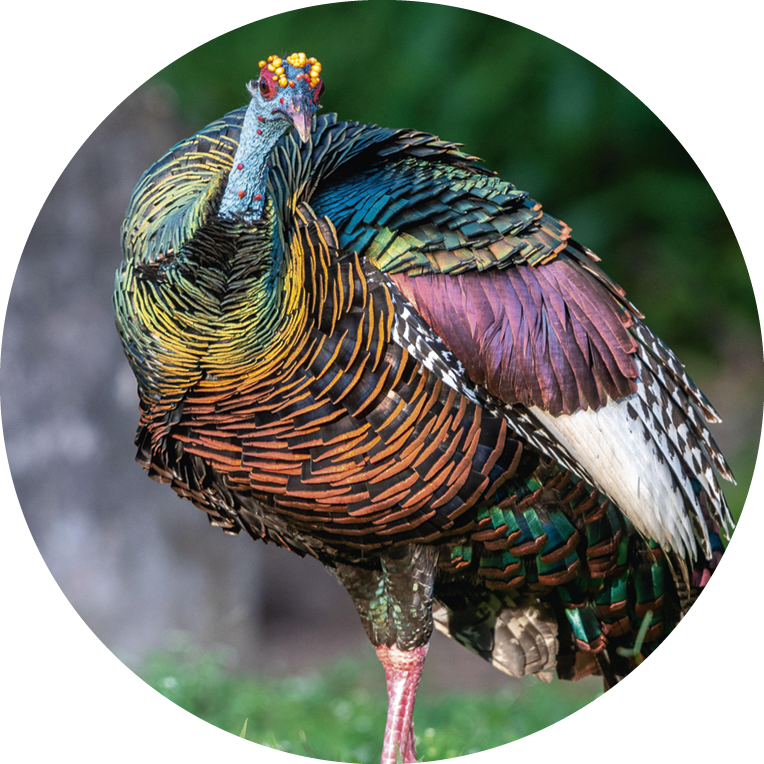
Ocellated turkey
Much prettier than a domestic turkey, the ocellated turkey sports a bright blue head and iridescent black, green and bronze plumage. It spends most of its time on the ground searching for beetles, ants and seeds, but it can fly and roosts in the trees at night.
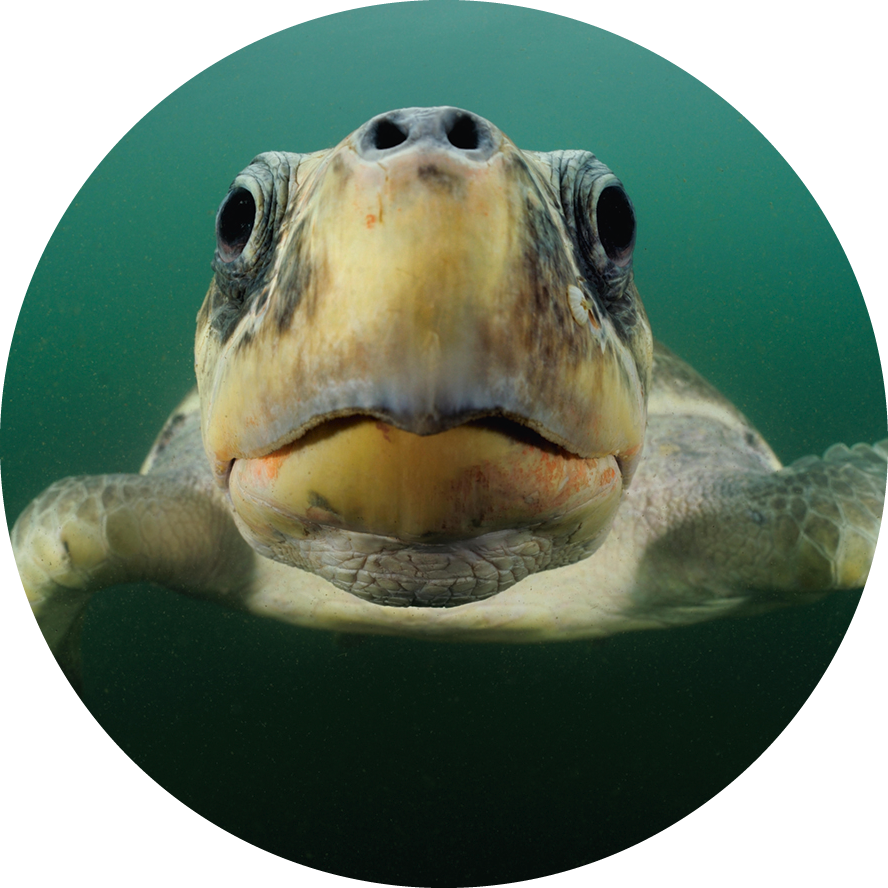
Olive ridley turtle
The most common sea turtle to visit Guatemala’s Pacific Coast beaches. The beaches around Monterrico host a phenomenon called the arribada (arrival), where tens of thousands of olive ridleys turn up at the same time to nest and lay eggs.
OTHER QUETZAL HOTSPOTS
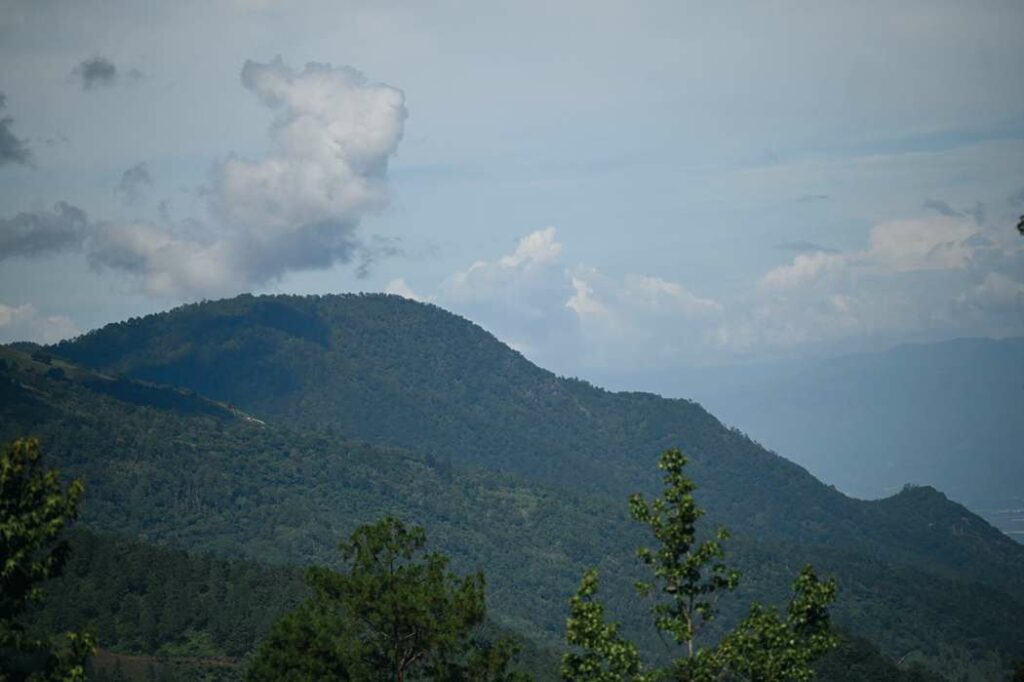
El Refugio del Quetzal
A small cloud forest reserve near the town of San Marcos, about two hours’ drive west of Guatemala’s second largest city, Quetzaltenango. It has a few wellmarked trails and is dotted with small springs and waterfalls.
Biotopo Mario Dary Rivera
Mario Dary was an environmentalist who campaigned to create safe habitats for the quetzal in the face of opposition from logging companies. The 1,000ha reserve named after him is located about three hours north of Guatemala City and contains two well-marked nature trails.
Sierra de las Minas Biosphere Reserve
This vast mountain range contains roughly 60 per cent of the remaining cloud forest in Guatemala and is the world’s largest quetzal habitat. However, it’s also off the beaten tourist trail and a guide is essential.